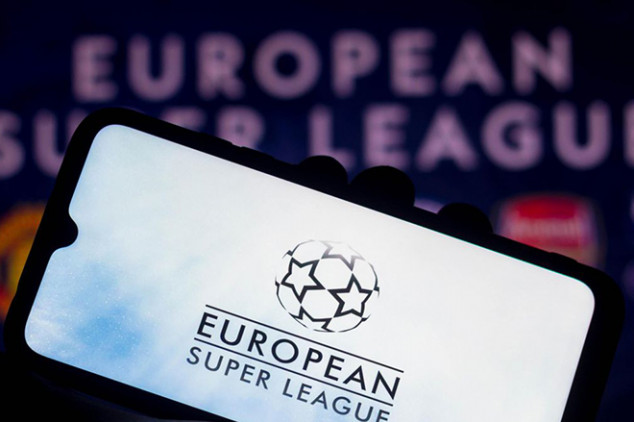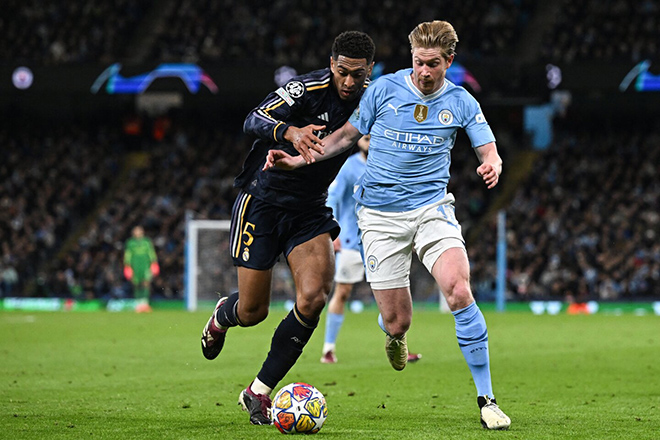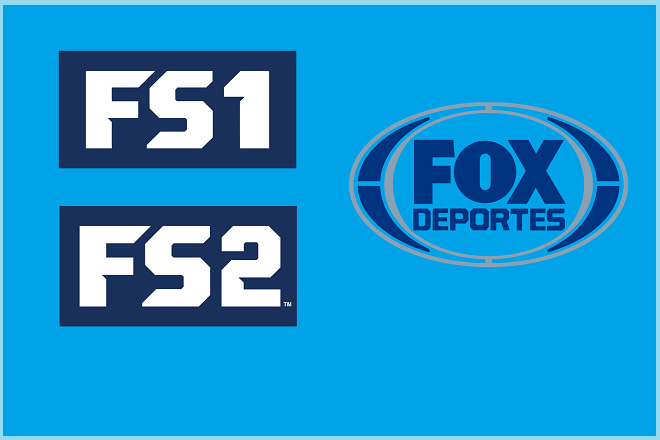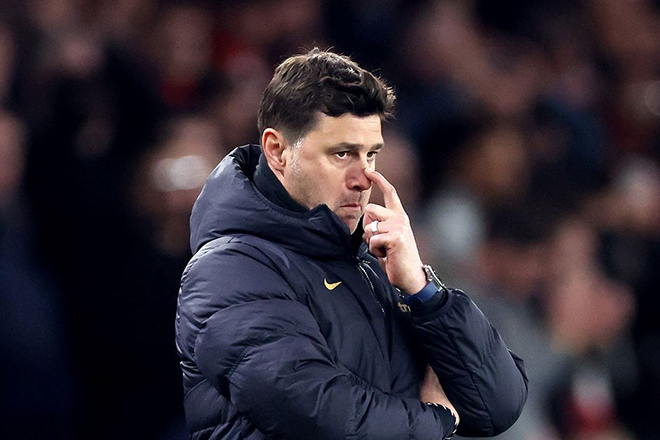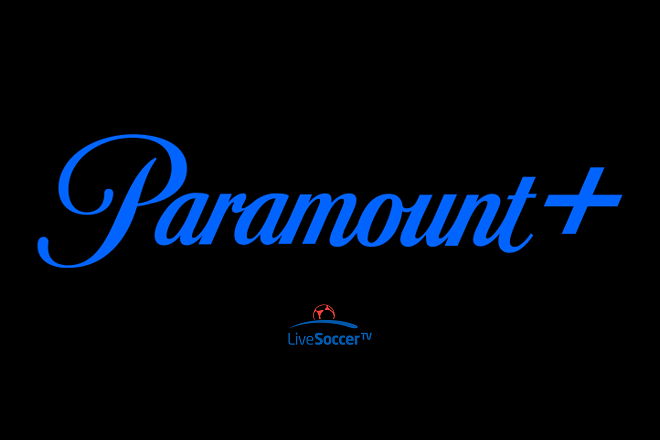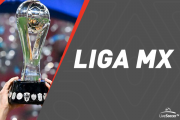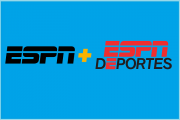The European Super League is back dominating the headlines, and for obvious reasons, after the European Court of Justice (ECJ) ruled in favor of the breakaway competition regarding a crucial case.
Europe's top court ruled it unlawful for UEFA and FIFA to require prior approval for new football competitions while wielding the power to ban players from partaking in these tournaments.
While this verdict does not endorse or validate the European Super League in particular, as stated in a UEFA statement following the ruling, the consensus is that this could pave the way for the breakaway competition to get on its feet.
Following this decision, A22 Sports, the organizers behind the Super League, did a handful of things, the first being releasing a statement to celebrate the ruling. Furthermore, the organizers released a video explaining the league's new format.
"We have won the #RightToCompete. The UEFA-monopoly is over. Football is FREE. Clubs are now free from the threat of sanction AND free to determine their own futures", our CEO Bernd Reichart comments the CJEU decision. 1/4
— A22 Sports (@A22Sports) December 21, 2023
First of all, the European Super League will no longer be a closed shop. Instead, the competition will be open to promotion and relegation, with teams being able to both enter the tournament and ascend and descend throughout its different tiers.
A total of 64 teams will participate in the three tiers or three leagues, which are the Star League, Gold League, and Blue League. The Star League, the highest tier in the European Super League, will consist of 16 clubs split into two groups of eight. The same is true for the Gold League, the Super League's second tier. Meanwhile, the Blue League will be contested by 32 teams split into four groups of eight.
The competition will consist of two phases: a league stage and a knockout stage. In the league stage, which would take place between September and April, teams will play every other club in their group twice, home and away. As a result, this secures every team a minimum of 14 matches per season, seven of which will be at their home ground, which should bring in further revenue for the participants. In comparison, UEFA's current club competitions only guarantee eight matches.
Once this stage ends, the top four teams in each group of the Star League move on to the knockout round. The Gold League follows a similar format while the top two teams in each of the four Blue League groups move on to the knockout round. The knockout round consists of a quarterfinal and semifinal stage, both of which are two-legged affairs, while the final will be staged at a neutral venue. The knockout stage will be contested by clubs of the same league, meaning at the end of each season, we will have a Star League, Gold League, and Blue League champion.
As mentioned earlier, promotion and relegation has been introduced. The bottom-placed teams in each of the Star League groups will get relegated and will be replaced by the Gold League finalists. Likewise, the lowest-placed team in each group of the Gold League following the league stage's conclusion will get relegated to the Blue League and will be replaced by the two Blue League finalists.
As for the Blue League, 20 out of the 32 clubs in this tier will drop out of the competition altogether. Their replacements take those spots depending on their domestic league performance. Check out the breakdown of the new format in the video below.
A22 Sports - the company behind a new European Super League - unveil their new format proposal for European club competitions in men's and women's football pic.twitter.com/zzU5gEkp3L
— Sky Sports News (@SkySportsNews) December 21, 2023
Another incentive behind the European Super League is its broadcasting plans The organizers announced the creation of a direct-to-fan streaming platform named UNIFY which will deliver live games and highlights to fans for free.
The future of football is free.
— A22 Sports (@A22Sports) December 21, 2023
We are proposing a state-of-the-art streaming platform to allow fans to watch every game for free. #BetterForFootball
Discover more about Unify: pic.twitter.com/QXyU3pKhwF
Nonetheless, this remains a developing story and only time will tell if and when the competition gets underway. The Super League is yet to win over the fans and faces many objectors, namely UEFA, PSG, and Bundesliga clubs, including current champions Bayern Munich.

